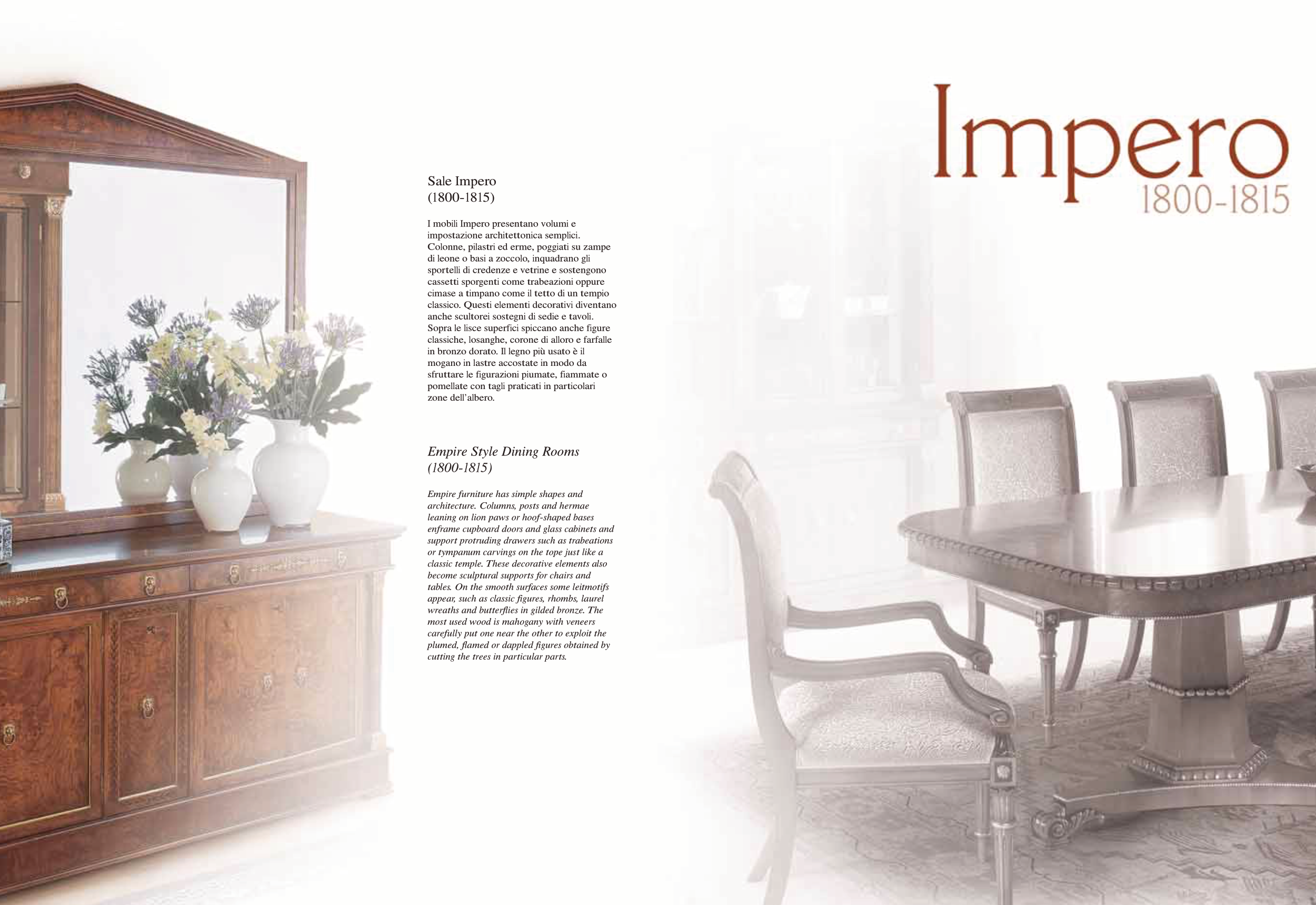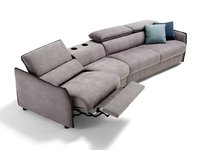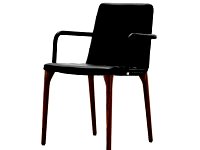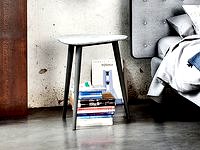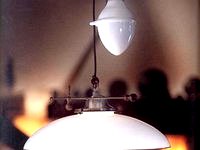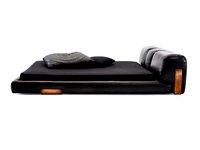Sale Impero
(1800-1815)
I mobili Impero presentano volumi e
impostazione architettonica semplici.
Colonne, pilastri ed erme, poggiati su zampe
di leone o basi a zoccolo, inquadrano gli
sportelli di credenze e vetrine e sostengono
cassetti sporgenti come trabeazioni oppure
cimase a timpano come il tetto di un tempio
classico. Questi elementi decorativi diventano
anche scultorei sostegni di sedie e tavoli.
Sopra le lisce superfici spiccano anche figure
classiche, losanghe, corone di alloro e farfalle
in bronzo dorato. Il legno più usato è il
mogano in lastre accostate in modo da
sfruttare le figurazioni piumate, fiammate o
pomellate con tagli praticati in particolari
zone dell’albero.
Empire Style Dining Rooms
(1800-1815)
Empire furniture has simple shapes and
architecture. Columns, posts and hermae
leaning on lion paws or hoof-shaped bases
enframe cupboard doors and glass cabinets and
support protruding drawers such as trabeations
or tympanum carvings on the tope just like a
classic temple. These decorative elements also
become sculptural supports for chairs and
tables. On the smooth surfaces some leitmotifs
appear, such as classic figures, rhombs, laurel
wreaths and butterflies in gilded bronze. The
most used wood is mahogany with veneers
carefully put one near the other to exploit the
plumed, flamed or dappled figures obtained by
cutting the trees in particular parts.


